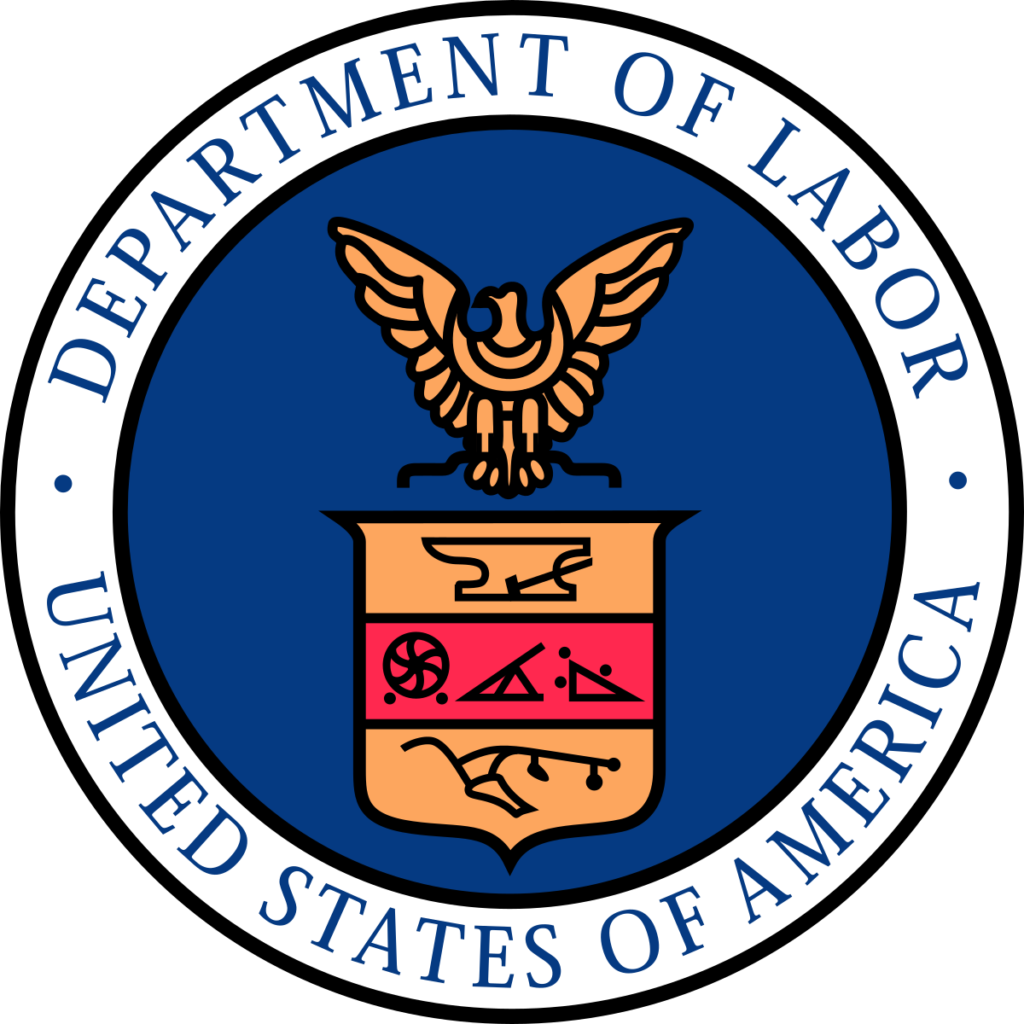Employment Law Report
DOL Releases New COVID-19 Healthcare Rule and Optional Guidance for Non-Healthcare Employers
Written by: Courtney Samford

On June 10, 2021, the U.S. Department of Labor (“DOL”) released a new Emergency Temporary Standard (“ETS”) for particular employers in the healthcare industry and updated its voluntary guidance for all other workplaces.
The Healthcare ETS applies to most hospitals, nursing homes, and assisted living facilities, as well as emergency responders, home healthcare workers and employees in ambulatory care facilities where suspected or confirmed COVID-19 patients are treated. The ETS does not apply to settings involving first aid performed by an employee who is not a licensed healthcare provider, the dispensing of prescriptions by pharmacists in retail settings, non-hospital ambulatory care settings where all non-employees are screened prior to entry and people with suspected or confirmed COVID-19 are not permitted to enter those settings, well-defined hospital ambulatory care settings where all employees are fully vaccinated and all non-employees are screened prior to entry and people with suspected or confirmed COVID-19 are not permitted to enter those settings, home healthcare settings where all employees are fully vaccinated and all nonemployees are screened prior to entry and people with suspected or confirmed COVID-19 are not present; healthcare support services not performed in a healthcare setting (e.g., off-site laundry, off-site medical billing), or telehealth services performed outside of a setting where direct patient care occurs.
According to the DOL, the ETS exempts fully vaccinated workers from masking, distancing, and barrier requirements when in well-defined areas where there is no reasonable expectation that any person with suspected or confirmed COVID-19 will be present.
Healthcare employers that are subject to the ETS must implement several requirements that include, for example: (1) A COVID-19 Plan; (2) Patient screening and management; (3) Standard and transmission-based precautions; (4) PPE; (5) Aerosol-generating procedures on persons with suspected or confirmed COVID-19; (6) Physical distancing; (7) Physical barriers; (8) Cleaning and disinfection; (9) Ventilation; and more.
The ETS requires healthcare employers to comply with most provisions within 14 days, and with the remaining provisions within 30 days. The DOL has explained that OSHA will use its enforcement discretion to avoid citing employers who make a good faith effort to comply.
In addition, the DOL updated its optional COVID-19 guidance for all other employers. Significantly, the guidance states that “[e]xcept for workplace settings covered by OSHA’s ETS and mask requirements for public transportation, most employers no longer need to take steps to protect their workers from COVID-19 exposure in any workplace, or well-defined portions of a workplace, where all employees are fully vaccinated.” Instead, the document only addresses protections for unvaccinated or otherwise at-risk workers (e.g., because of a prior transplant or other medical condition) in their workplaces or specific well-defined portions of workplaces. For these workplaces, the DOL recommends that employers: (1) Grant paid time off for employees to get vaccinated; (2) Instruct any workers who are infected, unvaccinated workers who have had close contact with someone who tested positive for SARS-CoV-2, and all workers with COVID-19 symptoms to stay home from work; (3) Implement physical distancing for unvaccinated and otherwise at-risk workers in all communal work areas; (4) Provide unvaccinated and otherwise at-risk workers with face coverings or surgical masks, unless their work task requires a respirator or other PPE; (5) Educate and train workers on COVID-19 policies and procedures using accessible formats and in a language they understand; (6) Suggest that unvaccinated customers, visitors, or guests wear face coverings; (7) Maintain Ventilation Systems; (8) Perform routine cleaning and disinfection; (9) Record and report COVID-19 infections and deaths; (10) Implement protections from retaliation and set up an anonymous process for workers to voice concerns about COVID-19-related hazards; and (11) Follow other applicable mandatory OSHA standards.